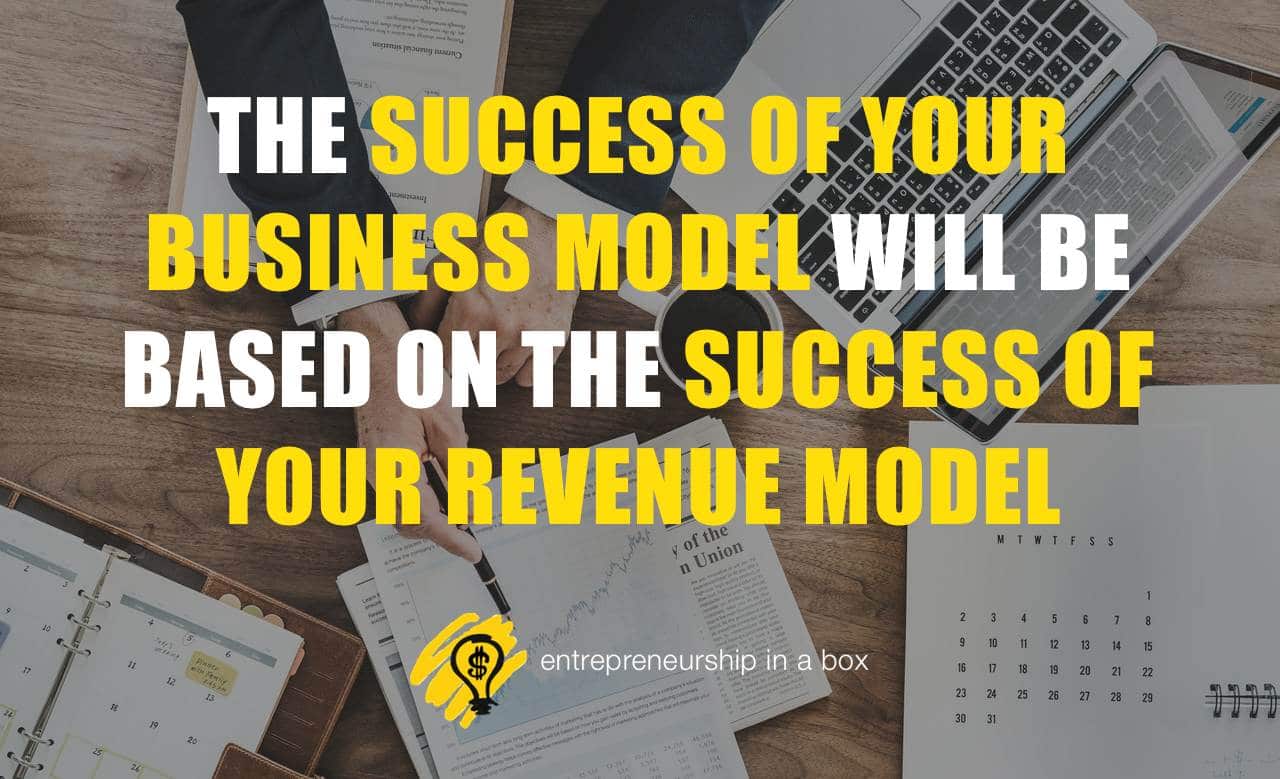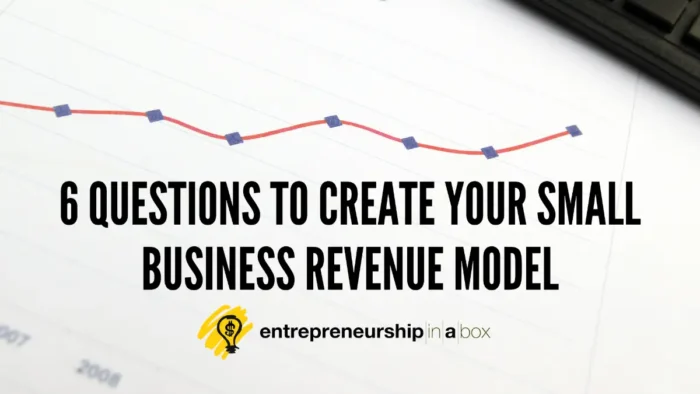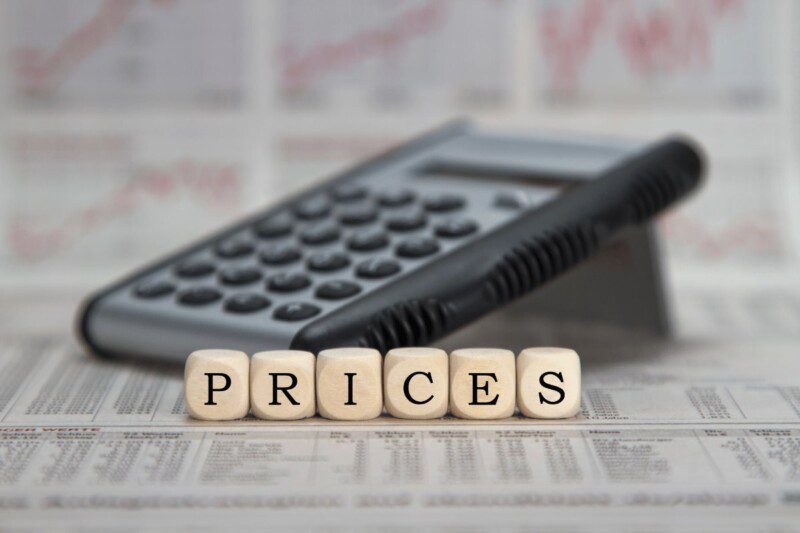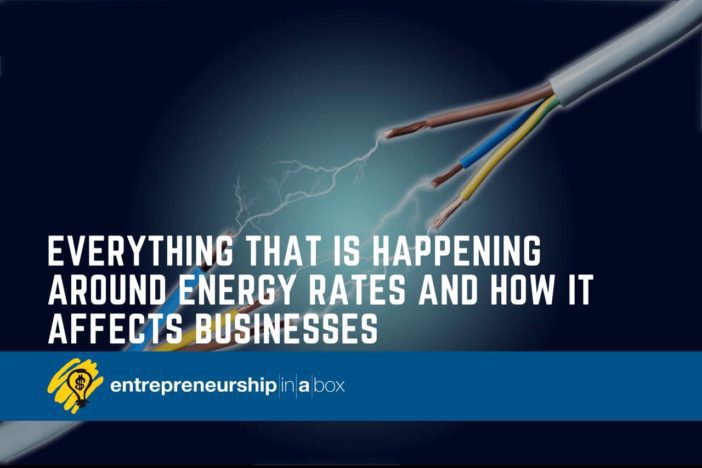The revenue model is an important part of your business model because everything that you create in your business model will need to be evaluated through the revenue model.
The success of your business model and the success of your small business often will be based on the success of your revenue model. If your revenue model works, it will generate enough income to cover all the costs that your small business will make, but also will enable you enough profit with which you can finance the future development of your company.
But, in my experience, many entrepreneurs make mistakes when it comes to revenue models even though they have created really respectful other elements of their business model.
Here, I would like to show you how you can build your revenue model using the answers to six important questions.
1. What type of value is my company selling to my customers?
All companies sell something in the form of products or services regardless if they are physical or virtual. But, more importantly, all that products and services contain some value for your customers. They will buy them from you and use them to solve problems or satisfy some of their specific needs.
You need to consider the value your products and services will give your customers. What your products or services will do for them? Are they saving them money? Or did they save them time? Or maybe your products and services eliminate some type of pain that your customers have?
It’s important to make sure your company’s products and services provide value. Otherwise, customers may not be interested in purchasing your company’s products or services.
When considering how much value your product or service will bring your customer, consider the benefits your customers will receive. Here are some questions you will need to answer:
- What is your product or service doing for your customers?
- How does it solve a problem or satisfy their needs?
This will help you determine whether your company’s products and services are valuable enough to your customers to continue buying them from you.
Related: The Team Effectiveness and Different Roles in Teams That Win
2. Where is my value compared to the competitor’s value?
The next question you will need to answer is where your value is compared to the value that your competitors offer to your customers. Because you already know the real value of your products and services, you can start comparing your value with the competitors.
If you are in a competitive market, many things make your products and services different from those of your competitors. Answer these questions to get ideas about value comparison:
- What is the competitive advantage of your products and services?
- What makes your products and services different from your competitors?
- Are your products and services more effective and efficient than the ones offered by your competitors?
- Do your products and services have better features and/or functions than your competitors?
- Are your products and services more accessible to your customers than those of your competitors?
For example, how much time your products and services will save your customers compared with the time they will save with competitors’ products and services. You are free to use the graphical presentation of this comparison, and everything you think will help you better understand the difference between your value and your competitor’s value.
3. What do my customers think about the value that I will give them?
It is not enough to compare only with the competitor’s value. You will need to test and then learn what your customers think about the value you are shipping to them. Sometimes they can have more different understandings of the value that you think.

When you answer this question, you will need to talk with your current and potential customers, see their reactions, and build useful knowledge about them and what they value the most regarding your products and services. For example, if your products and services save them money and time, after interviewing several customers, you can see that some of them value more timesaving and others more money saving. You must first collect that knowledge and make decisions about your revenue model.
How do you manage the customer’s expectations?
When you understand the value your customers think they are getting from you, then you will be able to manage their expectations properly.
✋ Warning
You can read more about why the direct-to-consumer sales model is a winning model.
4. How many products and services you will sell with your revenue model?
Building your small business revenue model will need some assumptions and hypotheses about the market, target market, and the possible number of customers that you will have in the future. I have seen many entrepreneurs, when they are creating their revenue model, they are using prices related to their competitors or related to the costs that they will make producing their products and services.
This is the wrong way of creating a revenue model because, in both ways, they are excluding the most important person in the whole revenue model process – customers. Because of that, it is better to start with the market and number of potential customers that you will have as a part of your target market and a market share that you are estimating you will have in that market.
Why should you know your target market?
The target market is the group of people who will purchase your product or service. You will not be able to make any money from them until you first get to know them. You will need to understand who they are, their needs, and how they would use your product or service.
When you know the number of potential customers, you can easily calculate the number of products and services you will sell.
5. How will you charge for your value?
Next, you will need to decide the heart of your revenue model or how you will charge for the value, you will ship to your customers. To answer this question, you must choose the right revenue stream for your small business. There are many types of revenue streams, but the most used streams can be the following:
- Asset sale. With this type of revenue stream, you are selling ownership rights to a physical product.
- Usage fees. If you don’t want to sell ownership rights, you can use this type of revenue stream where customers will pay you when they are using your products and services. They will pay you more when they use more of your services.
- Renting fees. When you have some type of physical asset with much higher prices, this option in the revenue model looks logical. You simply give rights for a fixed period of time to use the particular asset, and in return, you get recurring revenue.
- Subscription fees. If your value is based on a service that can be used continually, you can use this type of revenue stream, ensuring your customer’s continuous access to your service for which they will pay specific subscription fees.
There are also more revenue streams such as advertising fees for the media company, licensing fees for companies that sell intellectual property rights, and so on. You will need to choose what will be most suitable for your small business and again test what you have chosen to see whether it is also suitable for your customers.
6. How much will you charge for your value?
Now, when you already know how much revenue you will need to generate to cover your small business costs, how much you will want to earn, how much your competitors charge for their products and services, and how many products and services you will sell and what type of revenue stream you will use you can easily calculate what you need to charge if you want to achieve your goals about covering costs and generating profit.
For example, if your value is better than your competitor’s value, and your customers really appreciate what they will receive with your value, you can charge more than your competitors.
If your value is not better than your competitor’s value, or if you don’t have a lot of goodwill from your customers, then you can charge less than your competitors. If you are a service-based business, you will need to be more precise about your costs, as you will need to take into account the cost of providing your services, any expenses that may be incurred during the delivery of your service, and any other costs you may have in providing your services.



